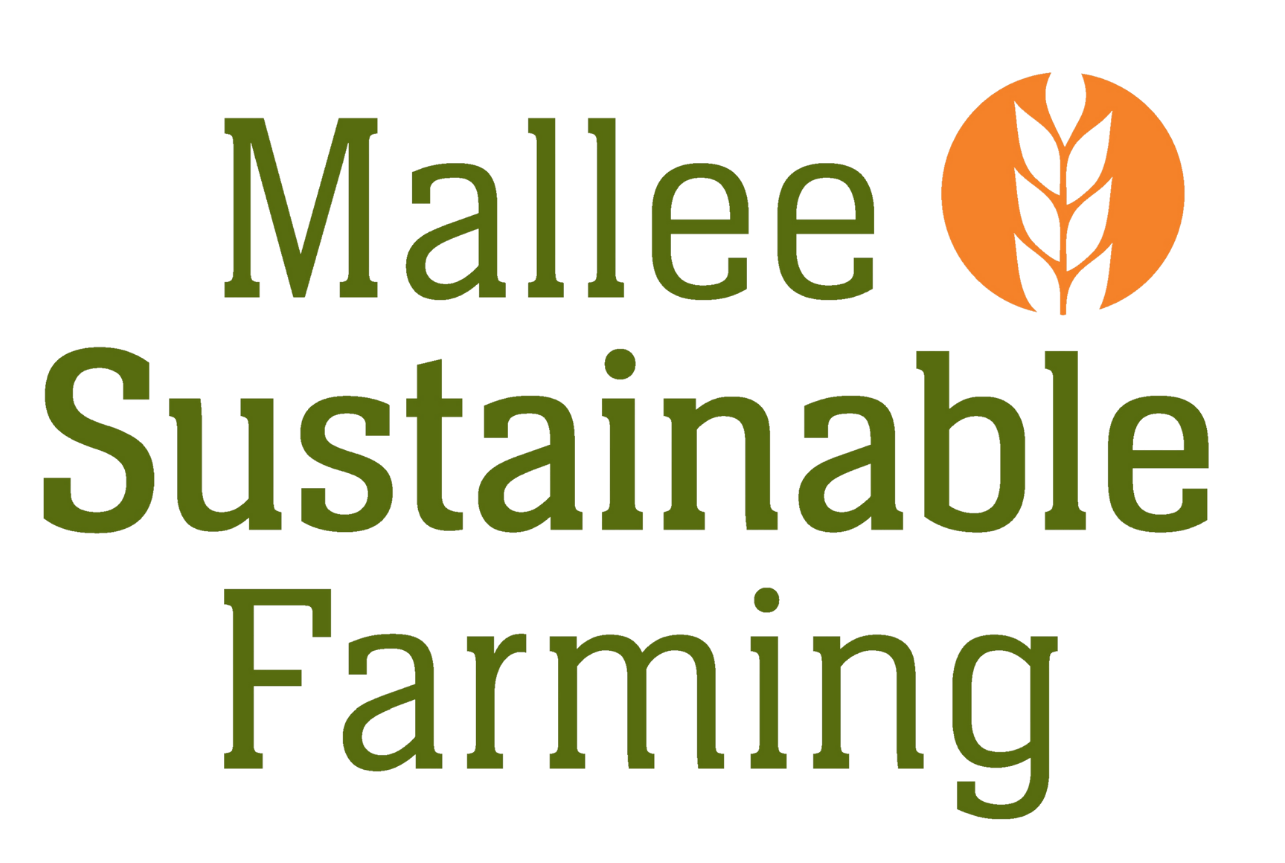How to identify a Mallee Seep
A handy guide to assist in identifying a Mallee Seep
What is a Mallee Seep?
A Mallee Seep is an area affected by a localised perched water table that brings water and salt to the surface soil layers that can result in surface ponding and bare saline scalding over time.
This should not be confused with other forms saline land degradation, such as:
as each has unique critical driving factors and therefore require different management strategies to overcome them.
Once you have determined that your site contains a Mallee Seep, you should visit our Mallee Seeps Decision Tree interactive tool in order to identify the best plan of action.

How can I identify a Mallee Seep?
The following video shows an outline on how to appropriately identify a Mallee Seep. Below the video is a step-by-step text guide on the process.
1. Assess the landscape.
Detect any deeper sandy areas above the seep/scald area of most concern. Mallee Seeps generally form below areas of deep sands with low water holding capacity that allow excess water to flow into lower discharge areas. This can be at the base of a single sandy rise, or be part of a larger local catchment where water accumulates and moved laterally through the terrain.

2. Assess the vegetation.
Mallee seeps often begin with areas of exceptional crop or pasture growth due to the initial access to additional fresh water in the rootzone. However, water logging can soon lead to dominant ryegrass growth and then more salt tolerant weeds and bare scalding as the surface salinity increases over time.

3. Dig a hole.
Dig a hole in the seep/scald area of concern and check for any saturated soil layers within the top 2m. If present then it is likely a Mallee Seep, with the water sitting above a drier clay layer of very limited permeability.
Sometimes a perched water table is not easily identifiable as it may have dried out over time, or sometime there can be patches of varying soil that more readily hold the saturated layer. If no damp layer is initially found then dig another hole 5-10m away to test for a different outcome.
If no perched water table is identified over a season then it is possible that it may be a Dry Saline Land site or the initial perched water table is no longer there. If this remains the case then it is advised to manage this site as if it were Dry Saline Land, as there is little value in establishing high water use perennial options if there is no water table to dry out.

4. Analyse Satellite Data.
Check the satellite NDVI history for the site (AgriSolve – Step by step guide to early Mallee seeps ID using NDVI). Mallee seeps will show extended plant growth around scald areas through October and November particularly after wetter seasons due to root access to perched water tables, whereas Dry Saline Land will not.

What if you dig a hole and can’t find a water table?
Look for moist clay layers. This can indicate that the site has very tight clays that may take much longer to release excess water. You may need to revisit the site days later to collect a sample. It may also show that the salt scald issue is water table driven, but presently in a drying phase just below field capacity.
- Dig deeper, to 2m depth. In most cases if you are sampling within the centre of the scald site, the impacting perched water table sits within 2m of the surface. If it easy digging you may wish to go deeper if the soil is moist, but if hard and dry there may be little value.
- Dig another hole nearby. It is always worth digging another hole at least 5m away, as sometimes there are distinct subsoil soil differences present that can impact on where the saturated layer sit. Multiple holes may be necessary to find a water sample.
If you still can’t find a perched water table to sample, it could mean that:
- The original perched water table that caused the seep scald has dried up, or is intermittent, only appearing after high rainfall events;
- You have missed the key water flow areas or wet clays with your specific dig sites; or…
- The salt scald formation is driven by Dry Saline Land and not a perched water table.
What should you do?
- If, due to landscape examination, knowledge of site and assessment of NDVI history (see (77) Using NDVI to identify dry saline land – YouTube and NDVI Instruction Guide) indicates that it is a Mallee Seep where the perched water table periodically dries out, then your management should more focus on strategies that cover and ameliorate the topsoil on the discharge areas, and only utilising suitable high water use interception options directly after periods of very high rainfall. Choose the moderate water salinity pathway to explore these options within the decision tree.
- If further examination identifies this site as Dry Saline Land (see previous section) then mange accordingly. There is no point strategically applying high water use options if there is no perched water table to dry out.
- Seek expert advice. Sometimes situations are not clear cut or easily defined, but seeking local expert advice can provide insight into understanding the particular circumstances and the most appropriate course of action to take.
What are the next steps to take?
If you have determined that your site contains a Mallee Seep, you should visit our Mallee Seeps Decision Tree interactive tool in order to identify the best plan of action.

